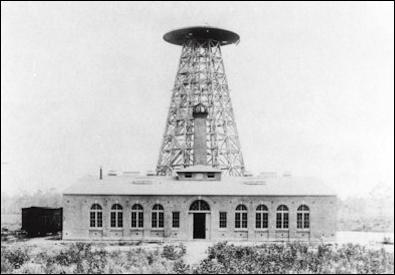

Wireless charging, much like many other technologies that find their ways into the hands of the everyday consumer has a long and unspectacular past. First attempted, at least in the public sphere, in the early 1900’s by one Nikolas Tesla, whose many brilliant ideas and even more spectacular failures (this being one of them) coloured a rather interesting period in innovation and developments for consumer-facing products. The idea was revived in the mid-2000’s by a number of independent individuals working out of MIT, Jeff Lieberman and Marin Soljacic and team. Wireless power transmission is a bit of a misnomer as wires are almost certainly involved in nearly every step of the way with the sole exception being the wire usually linking the power supply to the “sink” which is the device using the power in the first place.
Strangely, or not, the idea behind this transfer is not too uncommon in daily life. Transformers, which step up (increase) or step down (decrease) voltage in households, act on a somewhat similar basis. In a transformer, insulated wire carrying alternating current (AC current alternated direction in regular intervals) is wrapped around an iron core which subsequently induces a variable magnetic field in the iron core. This varying magnetic field induces an electromotive force in a second set of insulated wires wrapped around the same iron core. This electromotive force is either larger or smaller than that in the initial set of wires based on the number of times that the second set of wires was wrapped around the core.


In wireless charging as it has been adopted in the consumer electronics industry, there is no iron core to transfer power between the wire “coils”. This lack of a electromagnetically conductive link has significant effects on the efficiency of power transfer to. To improve efficiency, the use of resonant inductive coupling was thought up. The resonant aspect of the inductive coupling referring to the effects seen when two structurally similar materials are able to vibrate at the exact frequency in response to energy inputs. This has been shown to have the effect of increasing both efficiency of the energy transfer and as a result the maximum allowable distance between the source and sink.
Which more or less brings us to the relatively near past. In 2009 Palm announced the Pre, a critically acclaimed and yet universal sales failure featuring something that no other smartphone at the time, wireless charging. Using a propreitary standard, a separate sold back cover for the device and a “TouchStone” charging solution it was a mildly cumbersome though still brilliant piece of innovation. Between the launch of the Pre and Q3 2012, the number of prominent devices that featured wireless charging was a cool “0”.
Ignoring 3rd party modifications to existing devices, increases in efficiency, the establishing of a universal wireless charging standard in “Qi” and a proliferation of Qi compatible chargers, wireless charging in the consumer electronics space has stagnated. Apart from the Lumia 920 and the Verizon version of the HTC 8X, adoption has amounted to 3rd party hacks and mods at best. That’s not to say that there are not valid reasons for the exclusion however. Every piece of technology added to a device incurs a cost, be it a component cost, an engineering cost, a licensing cost for non-homegrown technology and even a time cost. With the current trend in smartphones leaning towards consolidation of features and incremental improvements, mainly due to risks, it’s probably no surprise that something as convenient and relatively simple as wireless is being left at the wayside.
What will it take for wireless charging to take off? A big player like Apple or Samsung, with the clout and market penetration to influence the adoption of a wireless power standard by including as a standard feature on all their top tier devices. Samsung have announced support for the Qi standard with a separate back cover for the Galaxy S4 but with an estimated retail price of $99 for the cover and charger combo, it remains to be seen whether this is just Samsung throwing yet another thing at the wall hoping it sticks, or a concerted effort.
As for wireless charging, It’s do hope that the industry (likely not including Apple) does indeed come together around an efficient, inexpensive standard eventually, much like it did with Micro-USB in the near future, for consumers’ sake at least.
Source:
Image of Palm Pre with Touchstone: Phonearena.com
Wireless charging schematic: Ensot.com
Wireless charging and power transfer: IEEE Spectrum
Tesla Tower: Kerryr.net
